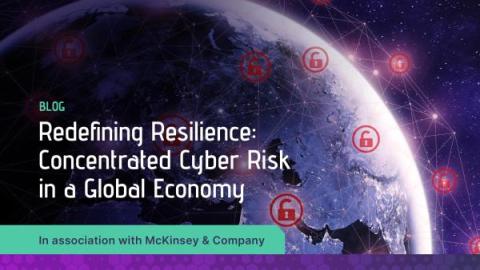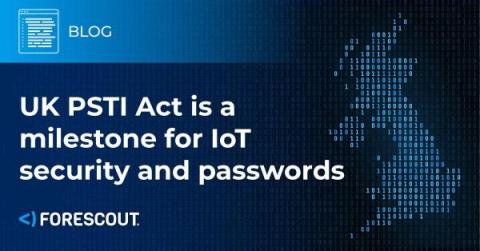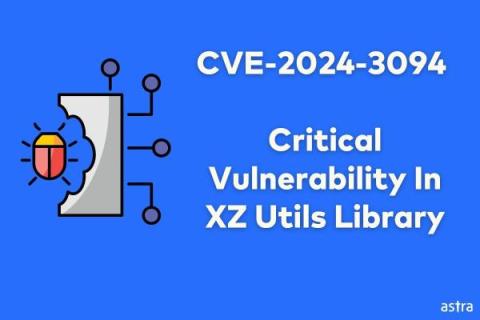Examining the Concentration of Cyber Risk: How supply chains and global economies can adapt
Company mergers, the consolidation of cloud technologies, and the interconnected nature of digital business have all led to a more efficient, fast-paced digital economy. But these advantages have also ushered in a higher degree of cyber risk concentration that stands to threaten national security and global economies.











